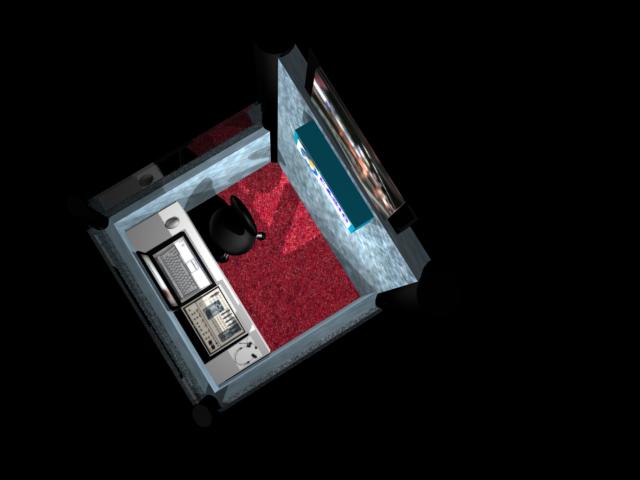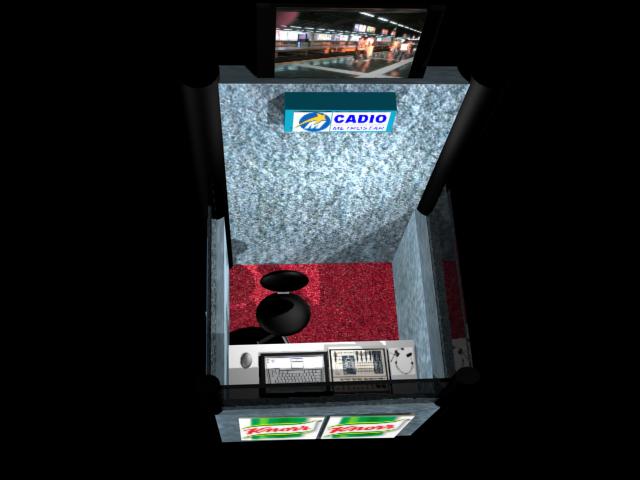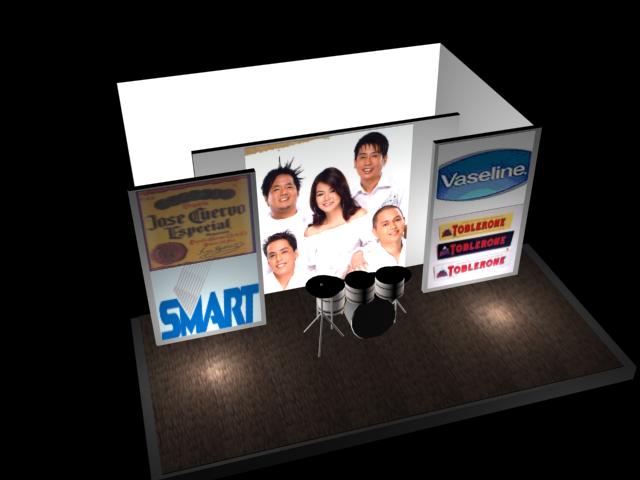1.PUBLIC CAPTIVE MARKET APPROACH - the advertiser can witness their market; listening, watching or hearing their commercials because of a strategic way of disseminating messages.
When advertisers buy spots in a medium like POP (point of Purchase) using audio or video system of malls or public places by maximizing their speakers, advertisers get more value on their commercials. It’s a Public Captive Market Approach, because the audience got no choice but to hear the commercials being played. If an audience hears a commercial and he doesn’t like it; are we convinced that he’ll cover his ears while roaming around the mall? The same thing happens in other narrowcast coverage like airplanes & airports, amusement parks, banks, boats & piers, boutiques, buildings & elevators, buses & terminals, business centers, clinics, couriers, department stores, gas stations, government places, hardware stores, hospitals, hotels, offices, places of events, private places, public places, restaurants, salons, schools, shops, show rooms, sports & gyms, sports shops, stores, supermarkets, trains & stations, wholesaler-retail places, etc.
2.PRIVATE CAPTIVE MARKET APPROACH – advertiser can’t witness their market; listening, watching or hearing their commercials because the source is in a broadcasting way of disseminating of messages.
When advertisers buy spots on TV or radio, they can’t witness their market listening, watching or hearing their ads because most of the receivers (listeners and viewers) are in their houses or in their motor vehicles. Still, it becomes a Private Captive Market Approach when an audience sees and hears the commercial privately played on air.
To know more about CADIO, please go to our website (CADIOsite) by clicking the link below:
Blog Archive
Cool by Rachel Anne Wolfe
Check the latest song of Rachel Anne Wolfe at http://www.rachelannewolfe.com
CADIO Advertising's Fan Box
CADIO Advertising on Facebook
Facebook Badge
CADIOcannedProgram
CADIOcannedProgram works if you are going to use your PC with good soundcard, or flash drive by inserting it in your DVD player with USB, or just an mp3 player. Including your amplifier and ceiling-wall speakers, a good music ambience together with your commercial or promotion will give you an FM radio sound program in your business place or broadcast coverage.
CADIOliveProgram - 01

CADIOaudioSystem, cable connection 01
CADIOliveProgram - 02

CADIOaudioSystem, cable connection 02
CADIOliveProgram - 03

CADIOaudioSystem, cable connection 03
CADIOliveProgram - 04

CADIOaudioSystem, cable connection 04
CADIOliveProgram - 05

CADIOaudioSystem, cable connection 05
CADIOliveProgram - 06

CADIOaudioSystem, cable connection 06
CADIOliveProgram - 07

CADIOaudioSystem, cable connection 07
CADIOliveProgram - 08

CADIOaudioSystem, cable connection 08
CADIOliveProgram - 09

CADIOaudioSystem, cable connection 09
CADIOliveProgram - 10

CADIOaudioSystem, cable connection 10
CADIOliveProgram - 11

CADIOaudioSystem, cable connection 11
CADIOliveProgram - 12

CADIOaudioSystem, cable connection 12
CADIOliveProgram - 13

CADIOaudioSystem, cable connection 13
CADIOliveProgram - 14

CADIOboothSystem, perspective 01
CADIOliveProgram - 15

CADIOboothSystem, perspective 02
CADIOliveProgram - 16

CADIOboothSystem, perspective 03
CADIOliveProgram - 17

CADIOboothSystem, perspective 04
CADIOliveProgram - 18

CADIOboothSystem, perspective 05
CADIOliveProgram - 19

CADIOboothSystem, perspective 06
CADIOliveProgram - 20

CADIOboothSystem, perspective 07
CADIOliveProgram - 21

CADIOboothSystem, perspective 08
CADIOliveProgram - 22

CADIOboothSystem, perspective 09
CADIOliveProgram - 23

CADIOboothSystem, perspective 10
CADIOliveProgram - 24

CADIOboothSystem, perspective 11
CADIOliveProgram - 25

CADIOboothSystem, perspective 12
CADIOshowProduction - 01

single circle platform design
CADIOshowProduction - 02

single square platform design
CADIOshowProduction - 03

standard platform design
CADIOshowProduction - 04

booth-platform design
CADIOshowProduction - 05

standard stage design
CADIOshowProduction - 06

fashion stage design
CADIOshowProduction - 07

booth-stage design
Our Partners
Supports CADIOprojects
About Me
- CADIO Advertising
- My real name is Nestor T. Panganiban. Andy Gold was my air name back when I was a DJ in an FM radio. CADIO is a new advertising medium that I conceptualized since 1992.


